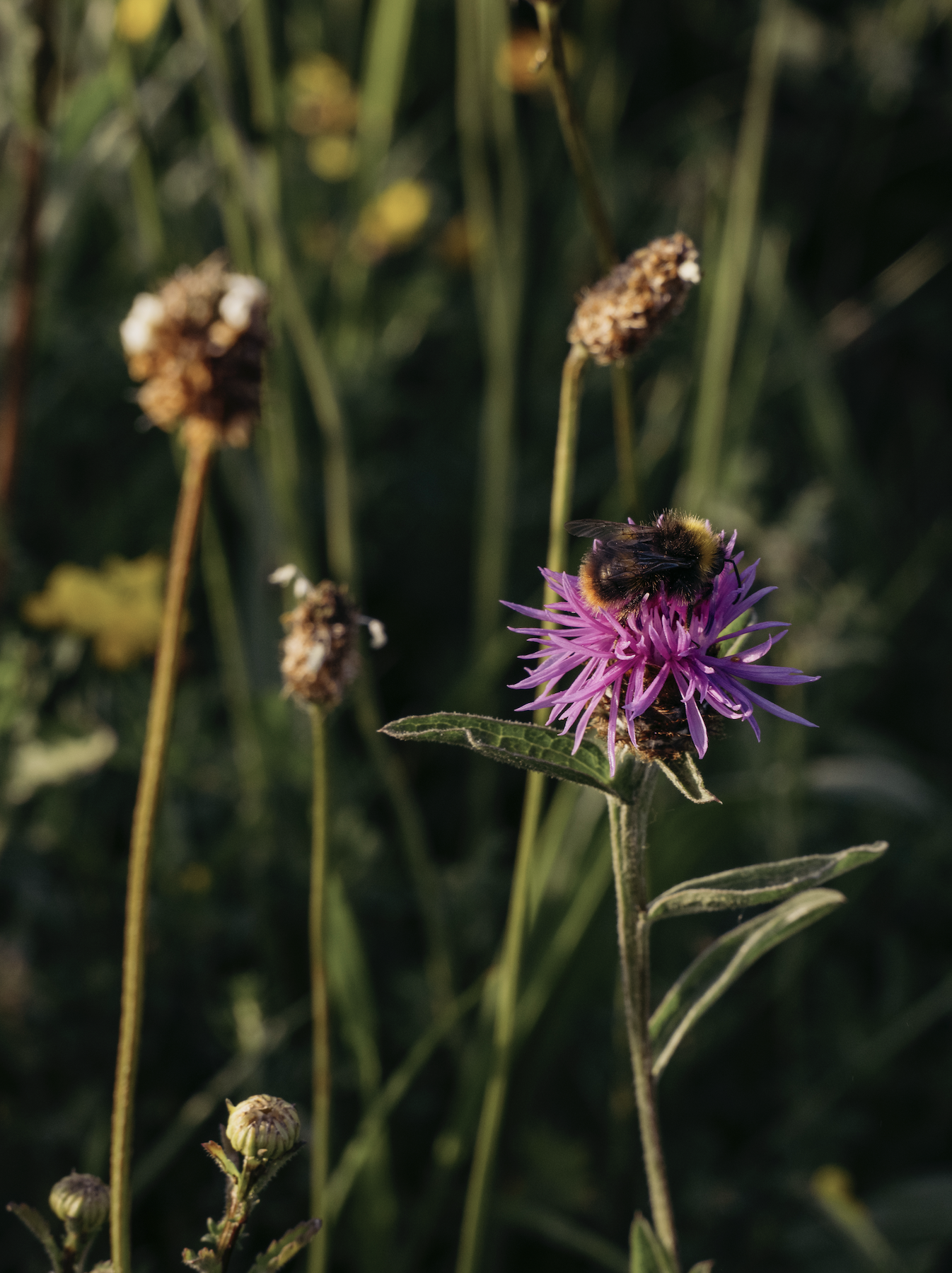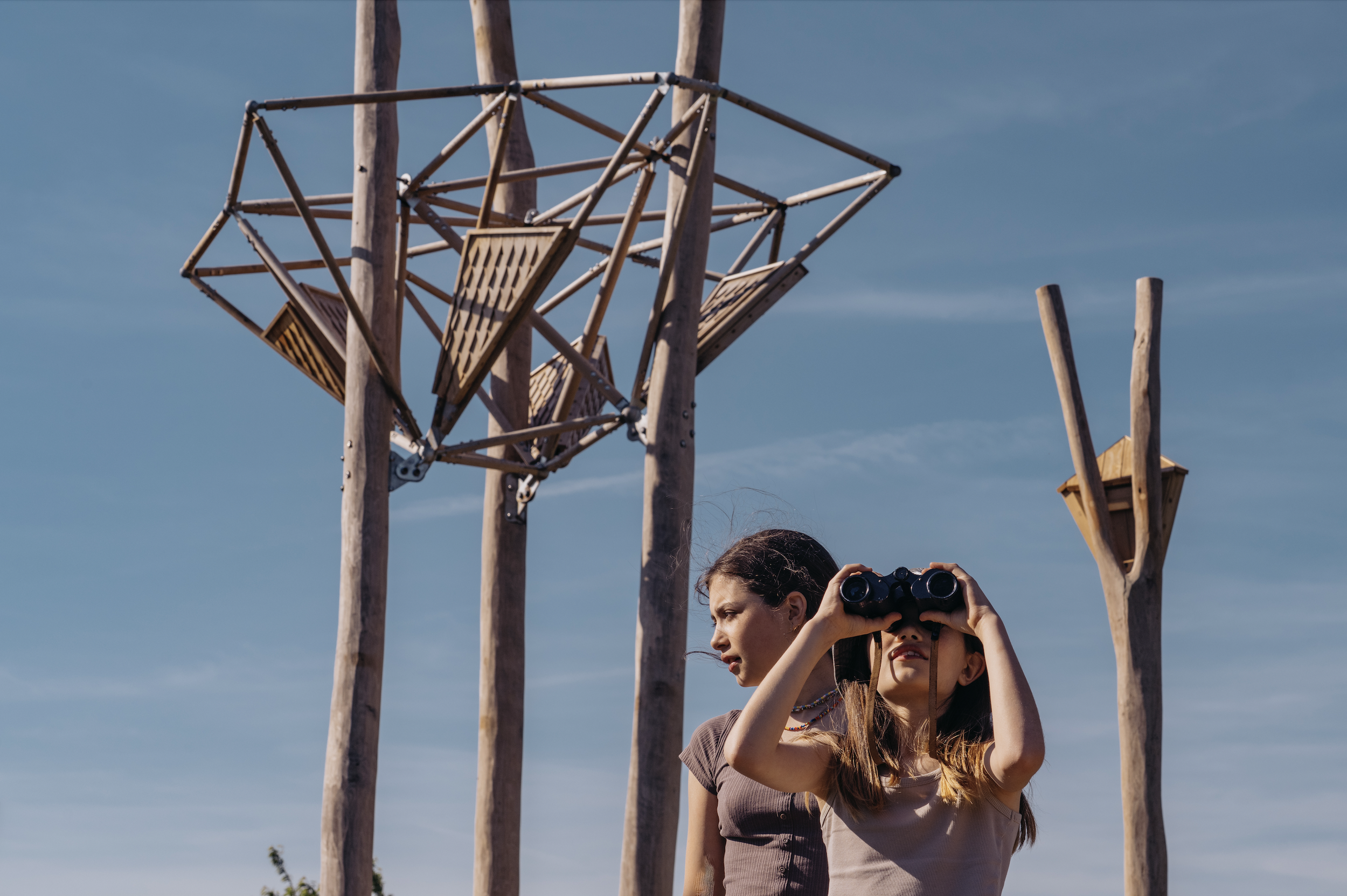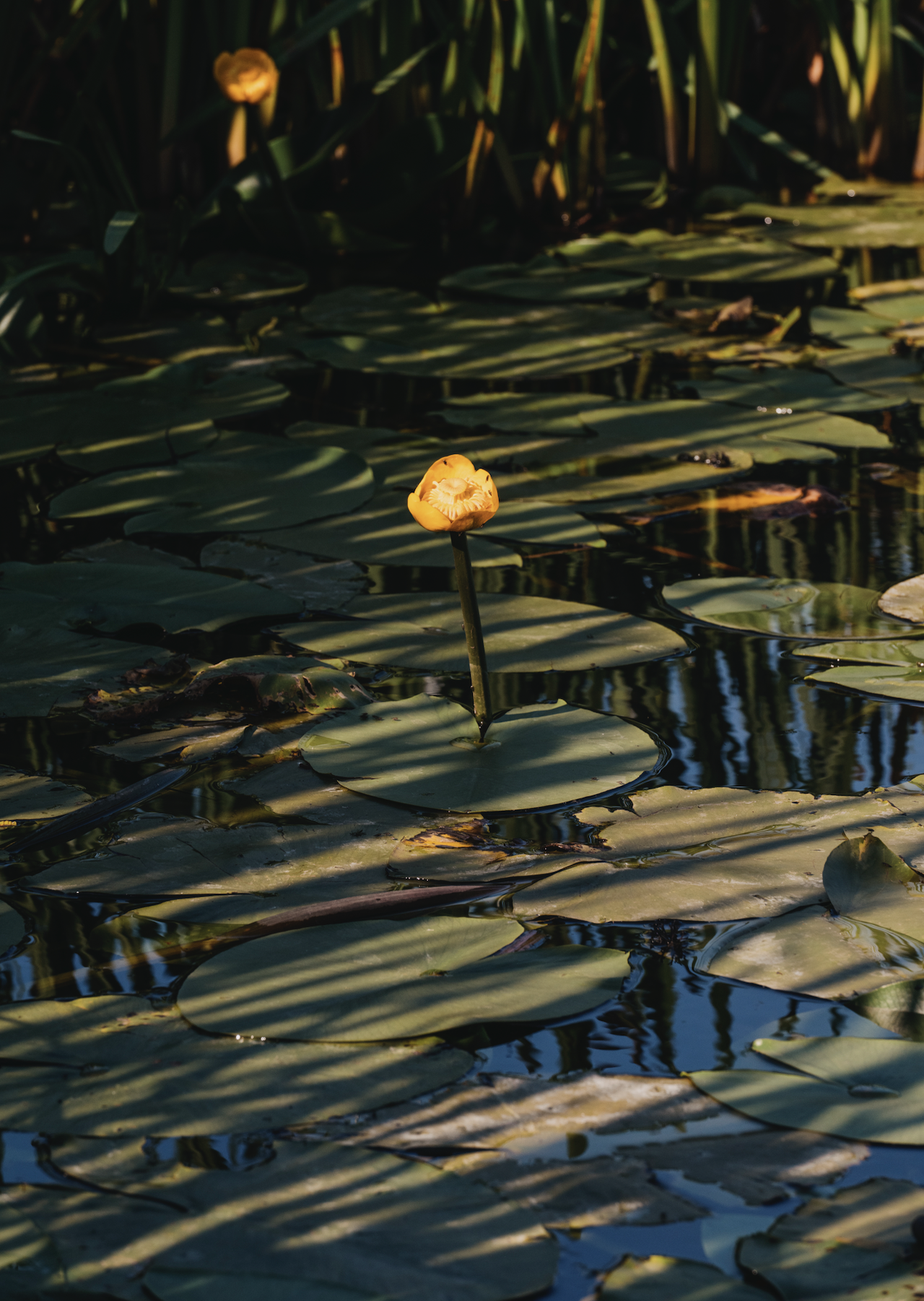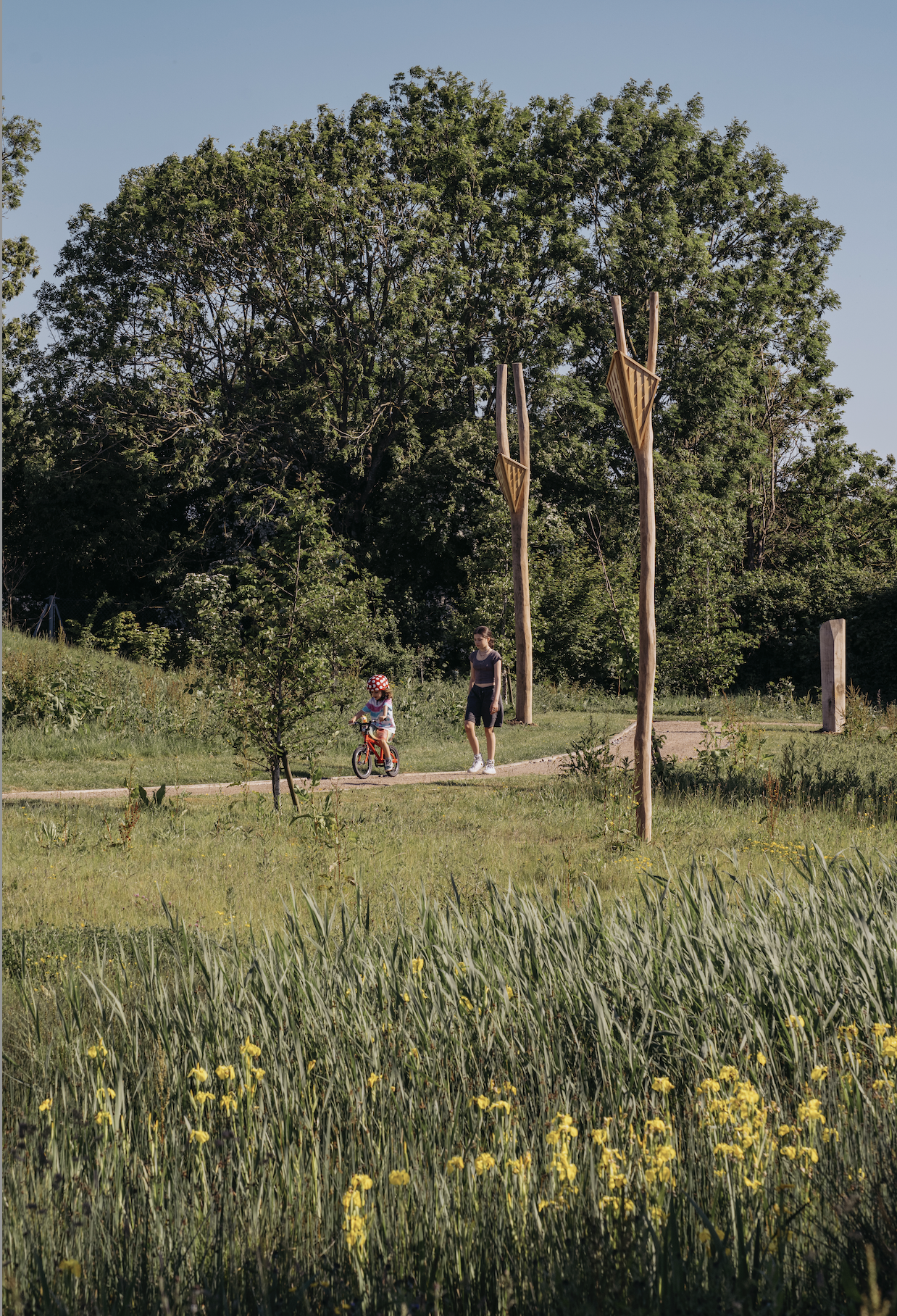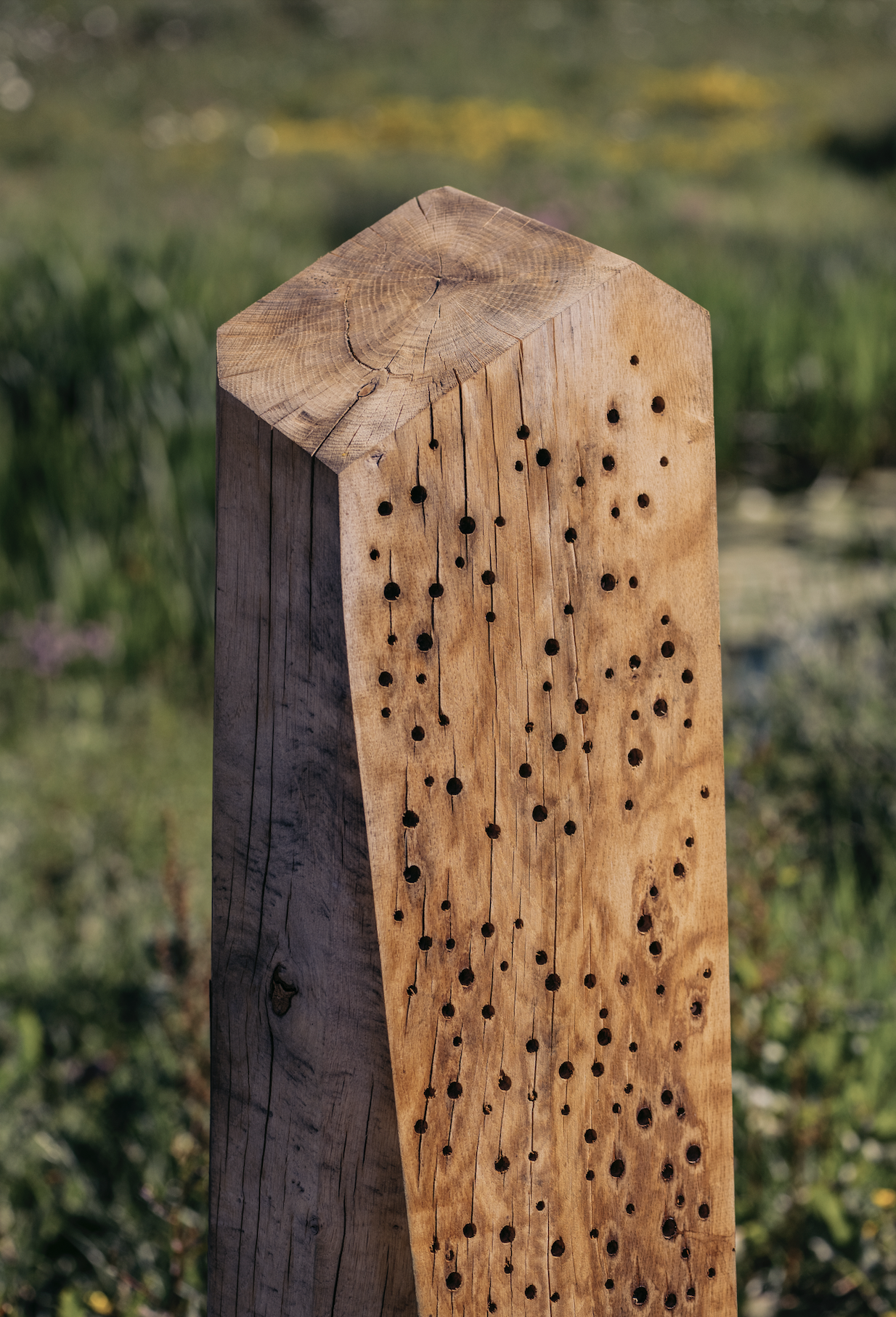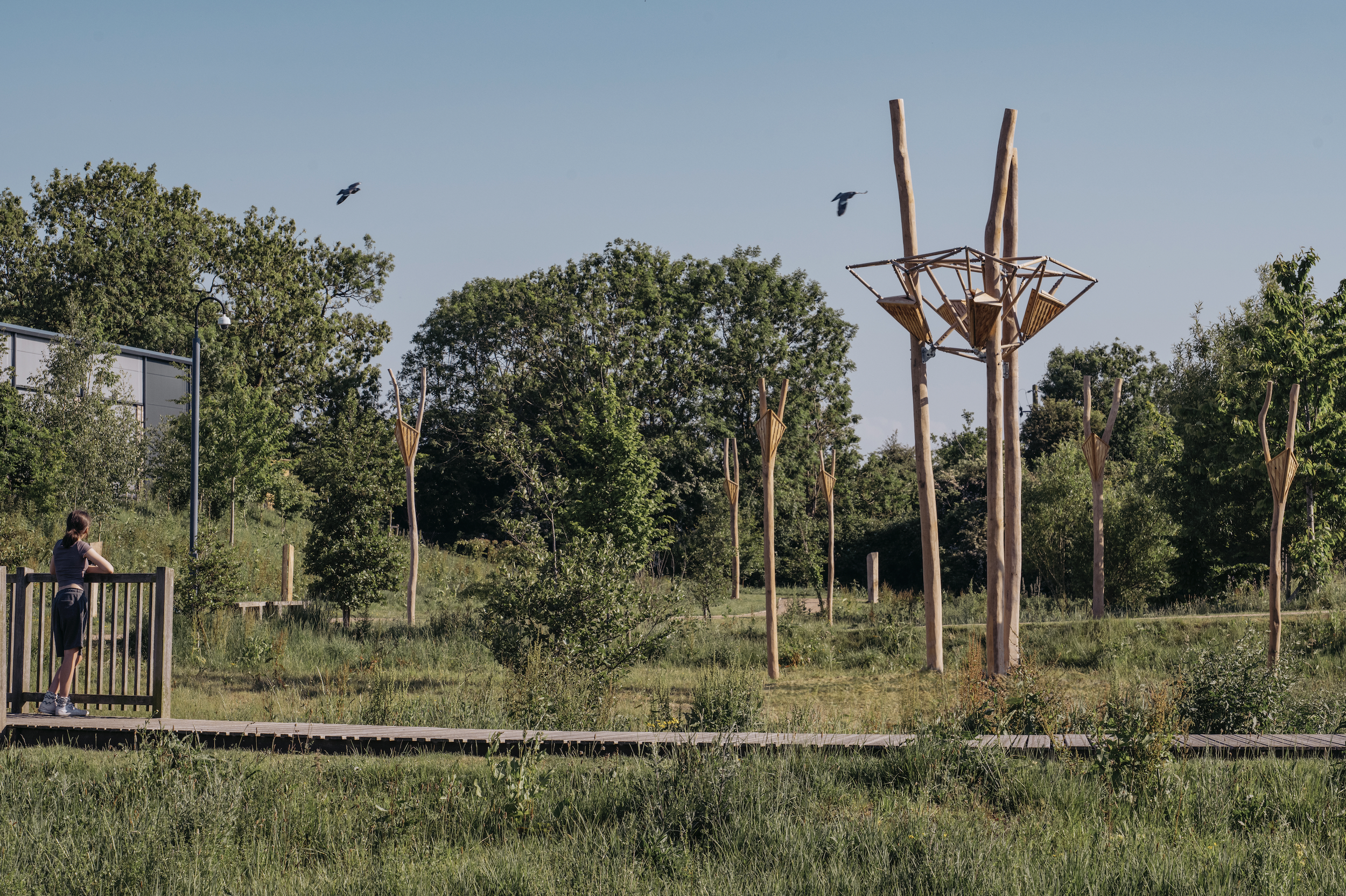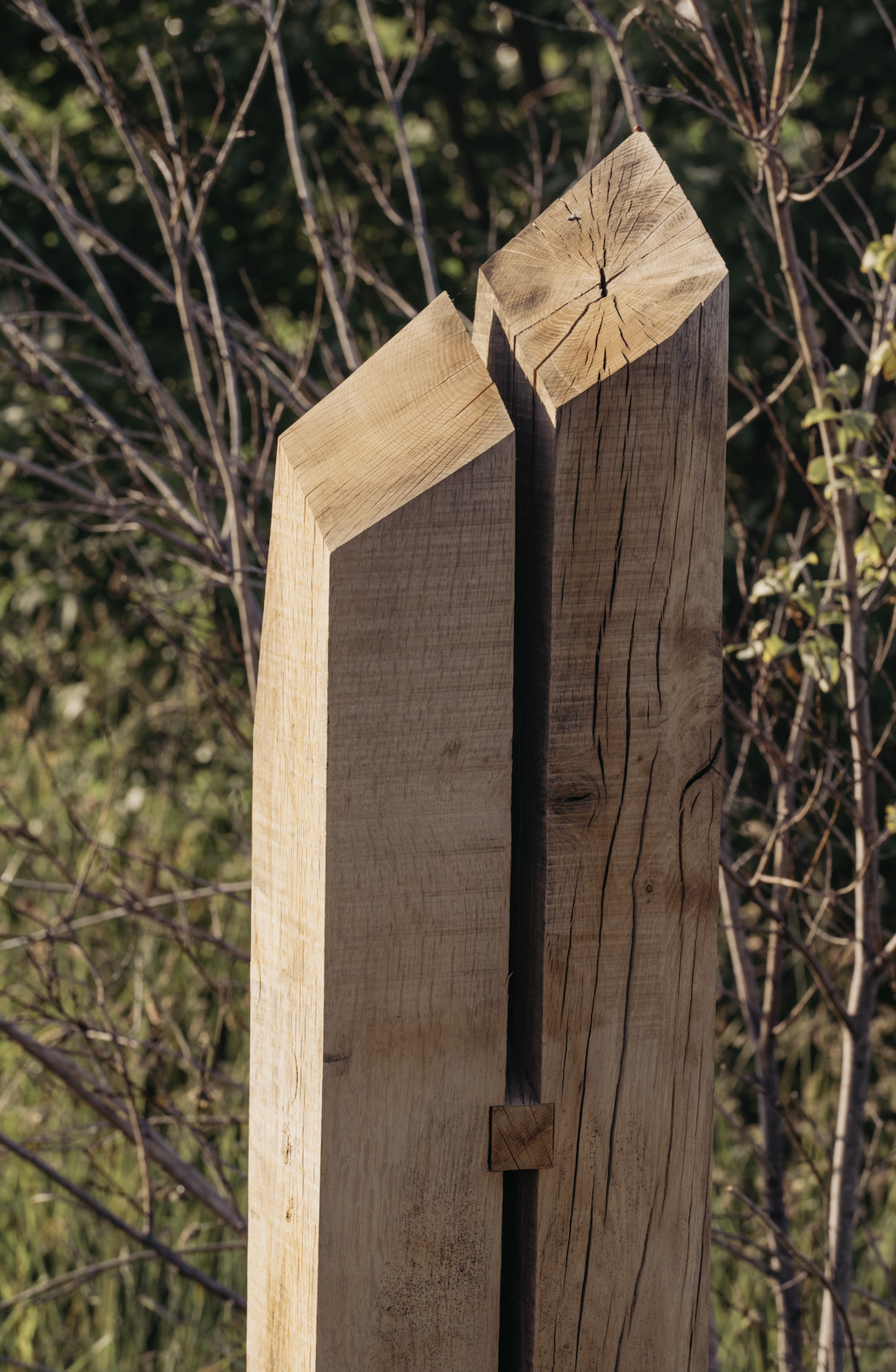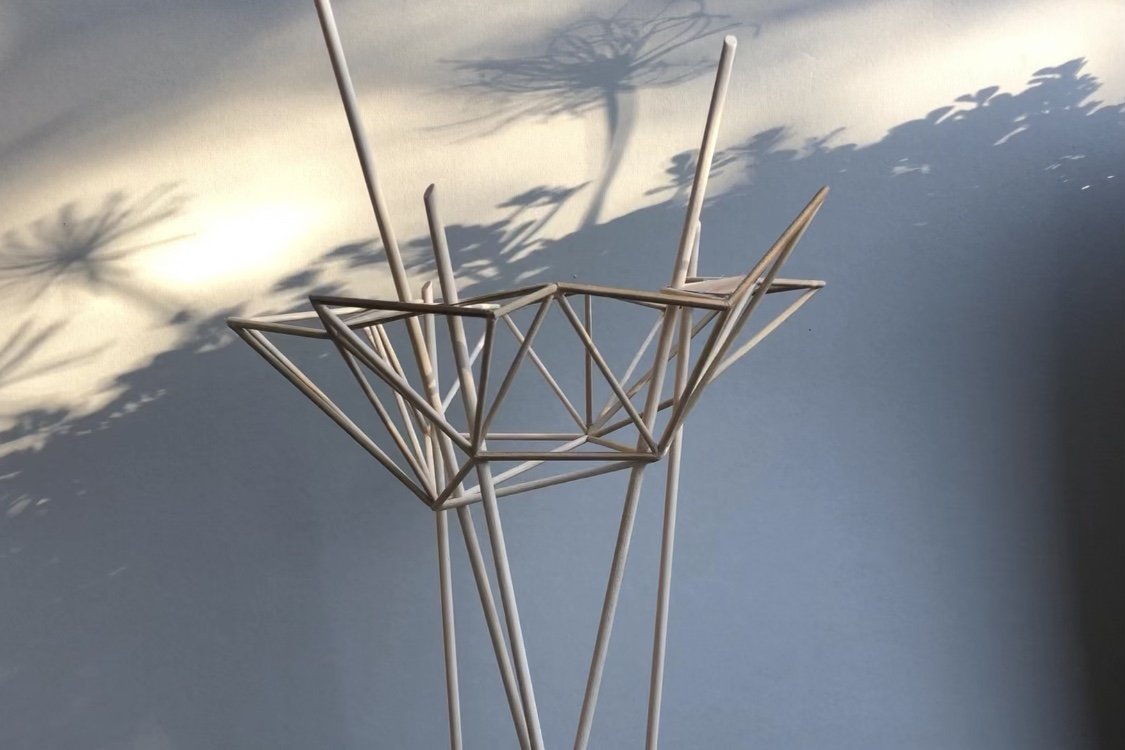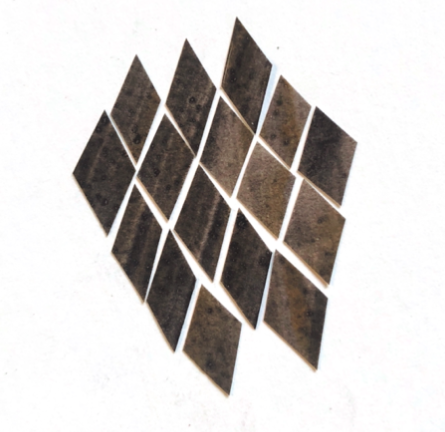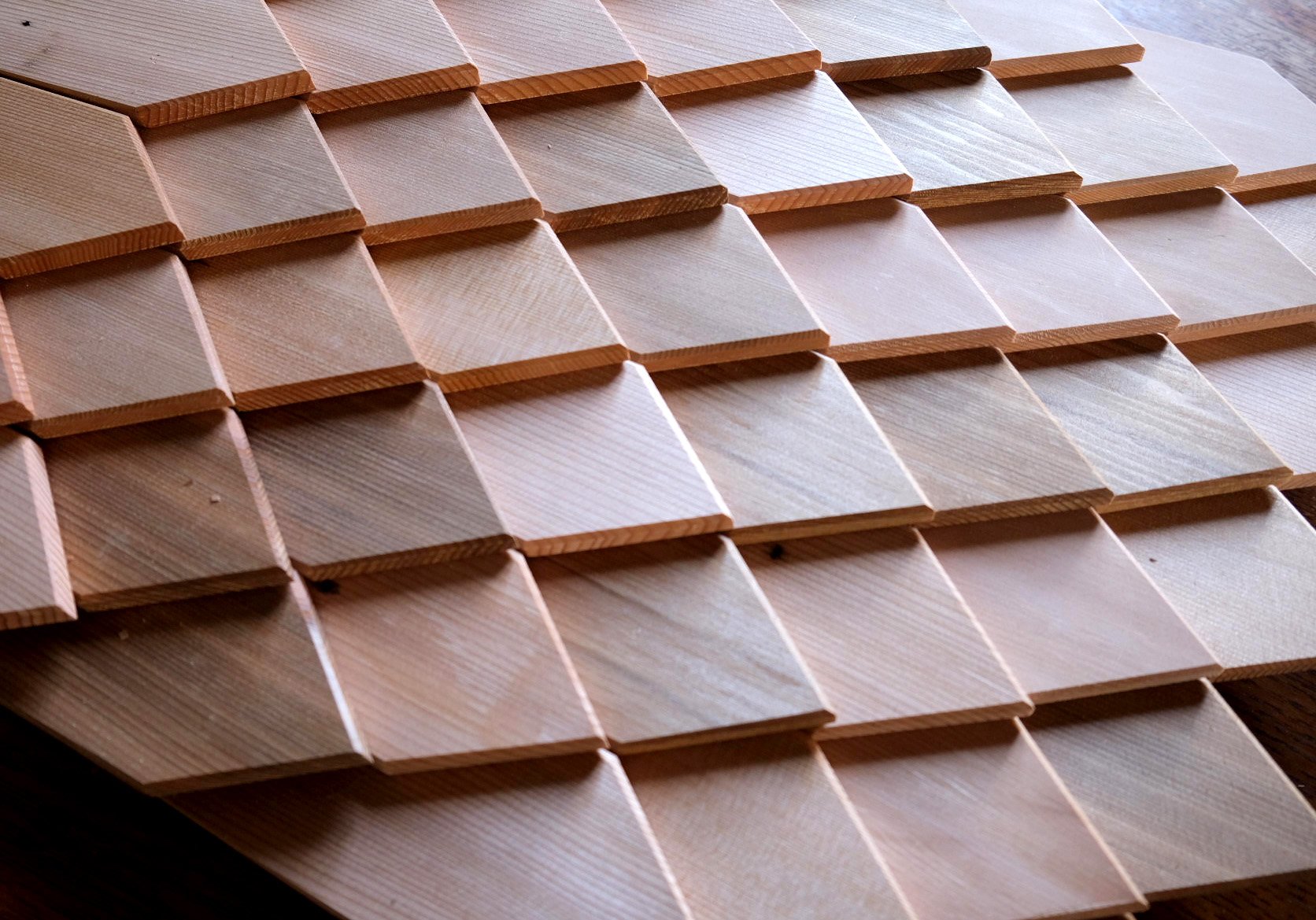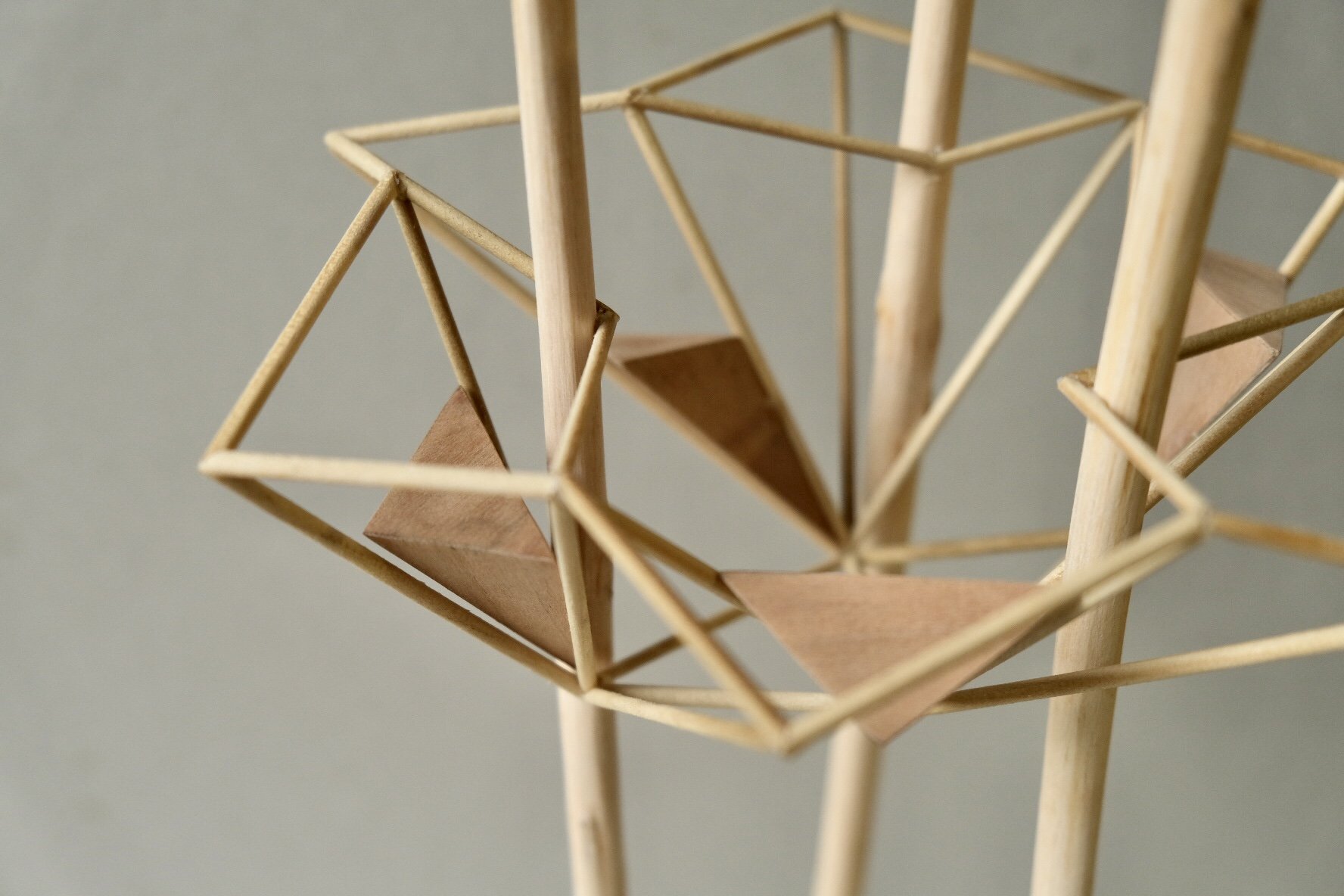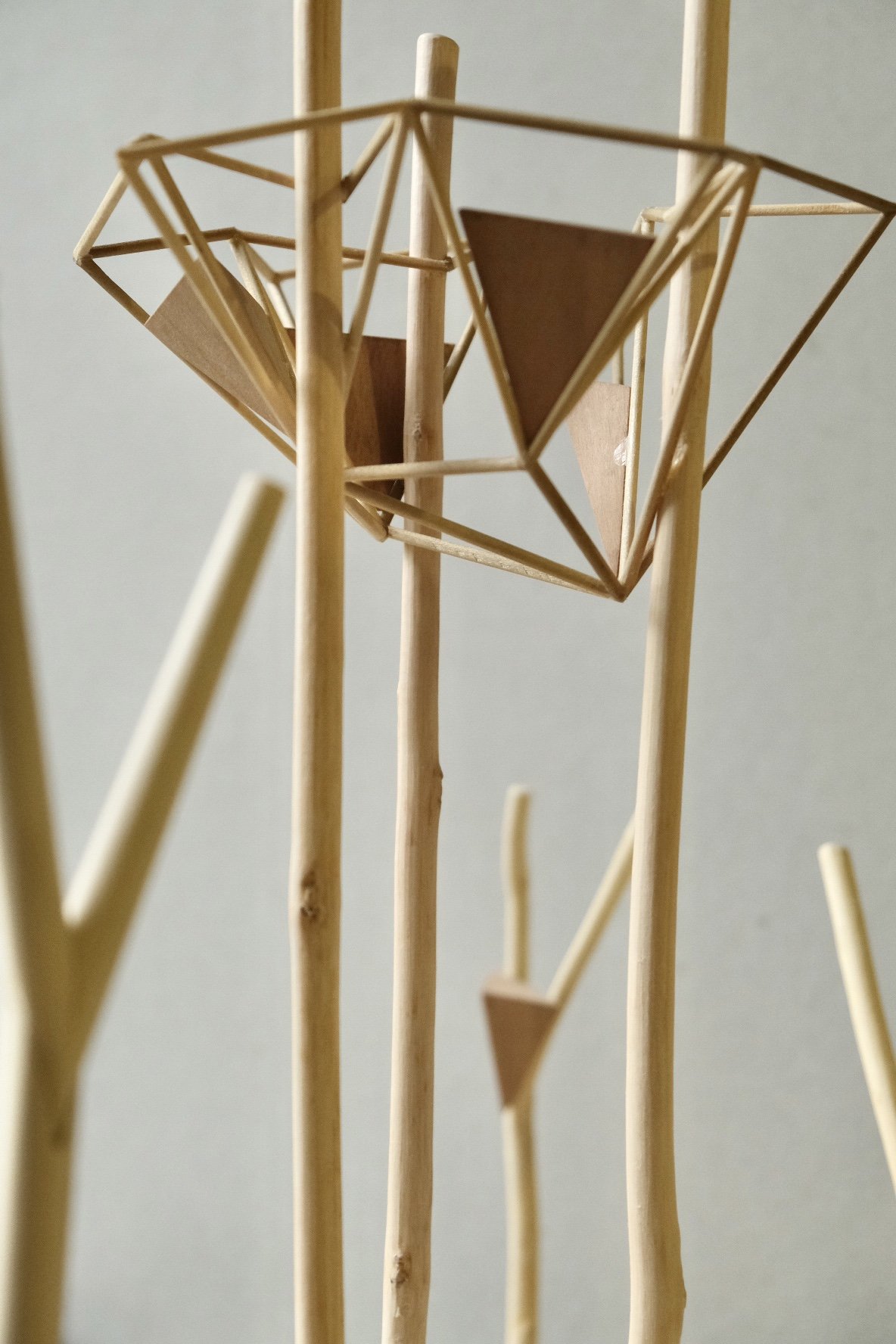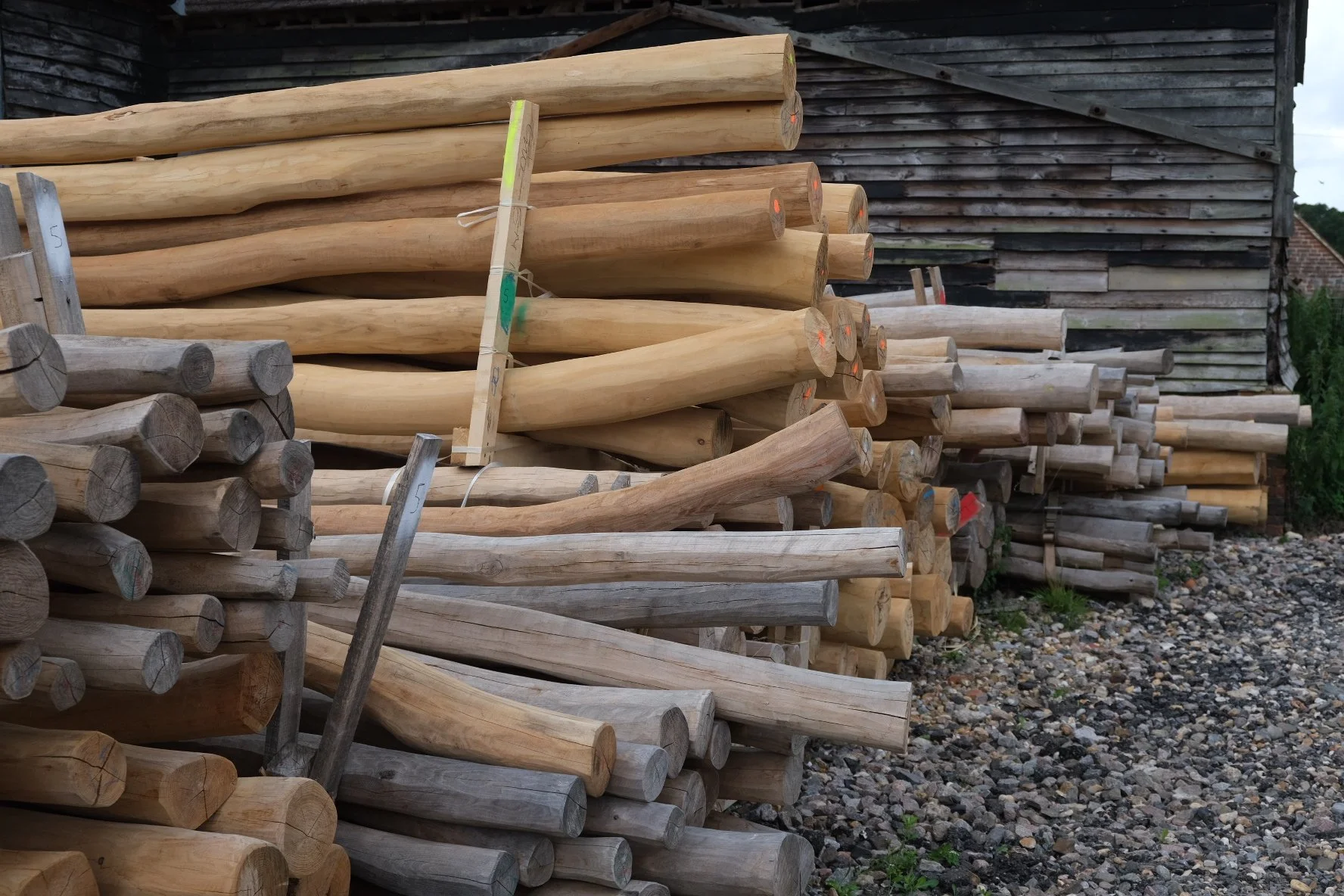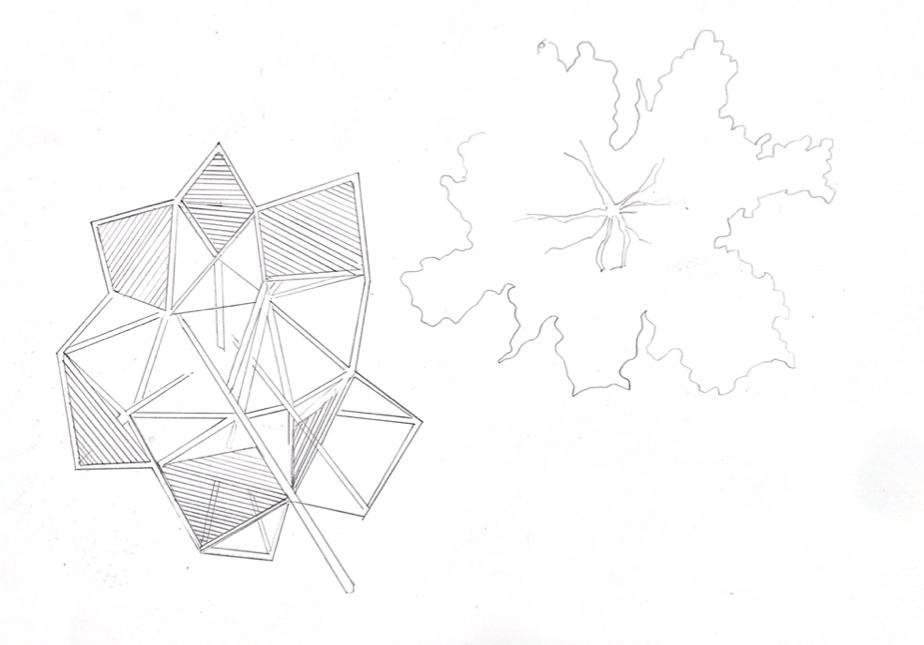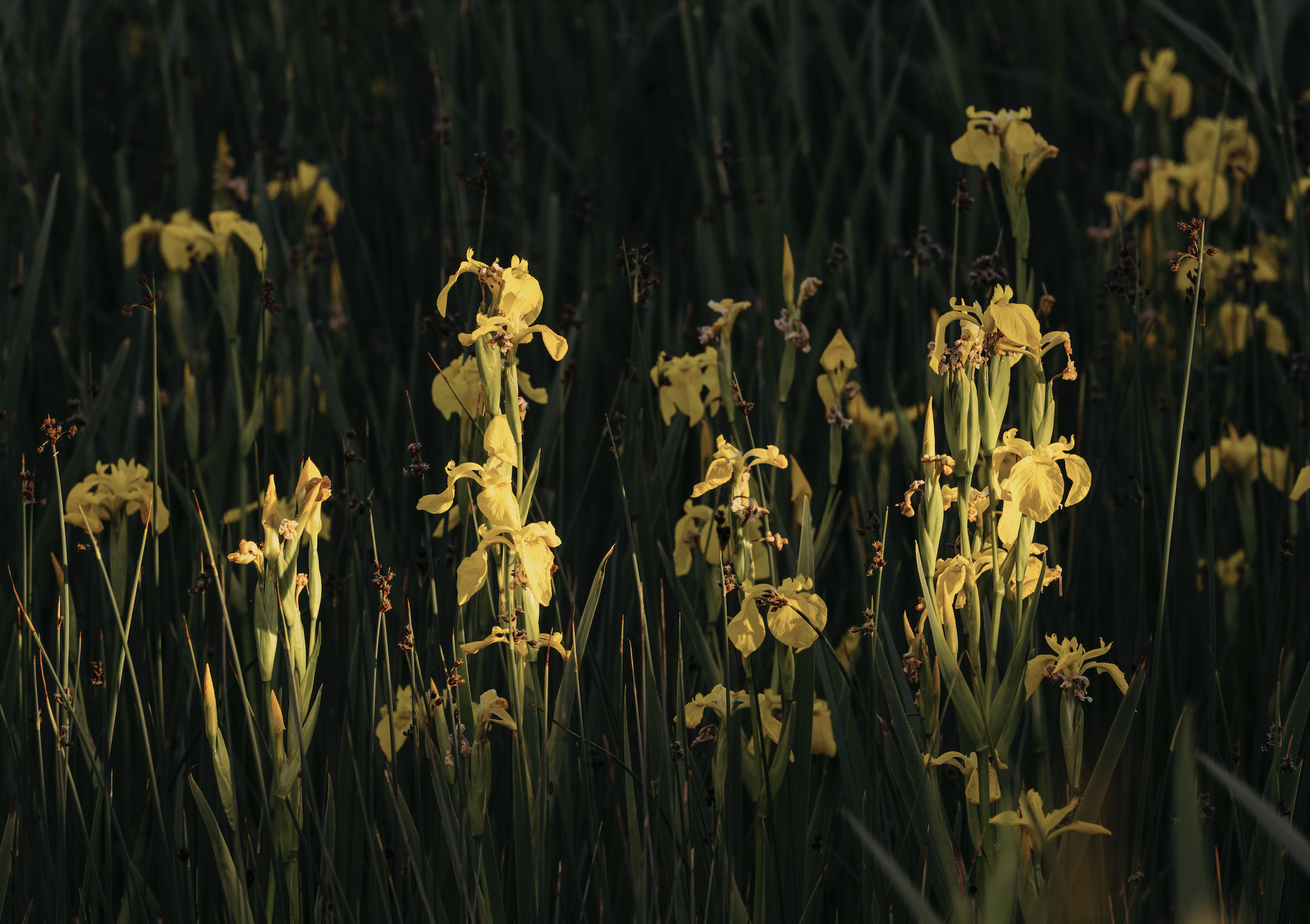
Public Art Commission at Cribbs Causeway, Bristol. Commissioned by Bayliss Estates and produced by Ginkgo Projects.
Amidst the hum of traffic and the bustle of shoppers at Cribbs Causeway, the song of skylarks, goldfinches, wrens, blackbirds, and sparrows rises, a quiet insistence of the natural world.
This urbanised space, originally designed as a drainage area for new development, has quietly become a haven for wildlife. Flag irises, waterlilies, knapweed, hazel, and guelder rose now thrive here, planted with care and purpose.
Our work emerges from this relationship between plants and the life they support. The sculptures are part of this ongoing dialogue: living forms that will shelter and serve wildlife for years to come.
This is a place that can remind us that we can live with wildlife. We need these spaces more than ever: for our wellbeing, to show that we care, and to quite literally house wildlife.
This work is about time. About co-existence. About doing what we can wherever we are to nurture the delicate balance between people and the natural world.
Produced by Ginkgo Projects and commissioned by Baylis Estates Ltd. as part of their wider leisure and retail development in north Bristol, Cribbs Canopy comprises a series of site-specific artworks that support biodiversity and deepen appreciation of this naturalised greenspace. Set within meadow planting, a newly created pond, and existing trees, the work invites visitors to experience the richness of urban nature.
The design responds to the site’s existing ecology, extending the habitat value of mature trees across the new landscape. In consultation with experts, we have embedded nesting opportunities for at-risk bird species such as sparrows and starlings, whose populations are facing colossal declines across the UK.
As sparrows are colony birds, the central sculpture has multiple nesting sites within. The design is a habitat tower modelled on the geometry of nest forms, its natural and organic form takes its lead from the eaves of buildings. Nestled within are handmade cedar shingle nesting boxes that will provide shelter and nesting for birds, moths, butterflies, and bees. We have developed a collection that creates a multi layered habitat that provides spaces for birds to nest and butterflies and moths to over winter.
Working closely with ecological experts and local conservation groups including the RSPB, Avon Wildlife Trust, and Butterfly Conservation Trust, we have developed a collection of sculptural elements designed to support British native species. The centrepiece is a towering nest-like form inspired by organic geometries found in nature. Clad in locally sourced cedar shingles, it contains handcrafted boxes offering shelter and nesting opportunities for bats, birds, bees, butterflies and moths.
Nesting box designs take inspiration from both the eaves of buildings and natural nesting forms, blending architectural and organic elements to offer essential shelter and nesting spaces for birds such as swifts, starlings, house martins, and smaller garden birds.
Using ethical materials such as Robinia timber, Cedar and English oak, the project blends craftsmanship with environmental function. Every aspect has been developed with wildlife in mind, from micro-habitats for invertebrates to corridors for birds and pollinators.
Behind the Scenes at our studio
Watch us build our largest sculpture to date inside our Dorset studio, a converted chapel nestled beneath Scots Pines and Oak trees.
Cribbs Canopy embodies the shared commitment of Ginkgo Projects and Denman+Gould to public and place-based art that deepens our connection to both environment and community. Created in our Dorset studio, a repurposed chapel nestled beneath Scots Pines and oaks, this is our most ambitious installation to date.
As a permanent feature of the Cribbs Causeway development, Cribbs Canopy stands as a testament to the power of public art in shaping inclusive, biodiverse, and inspiring spaces for generations to come.
We extend our heartfelt thanks to Avon Wildlife Trust, Bristol Swifts, Bumblebee Conservation Trust, Butterfly Conservation, RSPB, and Patchway Conservation Group for their valuable collaboration and support in shaping this work.
Site 20 forms part of Baylis Estates’ new mixed-use leisure and retail destination at Cribbs Causeway.
Image credits Eleanor Goulding and Charles Emerson.

